Every photographer is unique in their own photography style and gear preference. To get you started on your photography journey, this article will help you choose the only really essential photography equipment for beginners. You will also find specific brands and explanations for why they were chosen. This photography basics bundle has everything you need to get started!
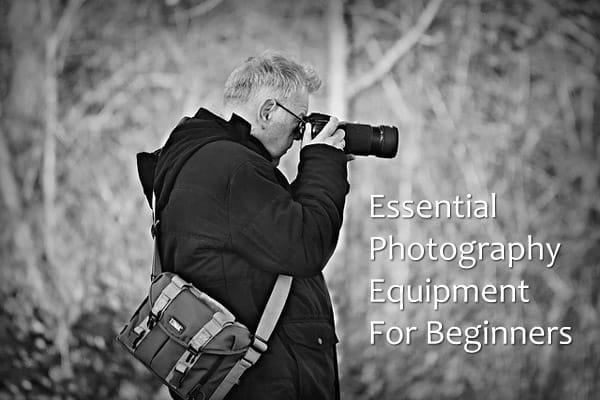
I will start with the key elements for becoming a great photographer. Then, I will look at how you can improve these elements. This will help you to understand the role that gear actually plays in photography. Before I move on to the gear of choice, there are a couple of important things that you need to remember from the start. By the end, this post will have encouraged you to kick-start your photography with confidence and the right gear.
Less Is More: Invest in Yourself
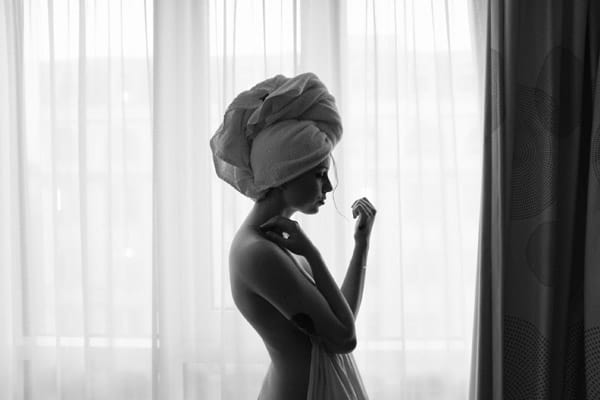
Carlo Nicora
Your gear may be your tool, however, good gear is optional, not obligatory. A great photographer doesn’t need the best gear on the market to take a great photo.
Many beginners (and even some pros) can get carried away with the thought that having the best gear possible is paramount. They have somehow made a direct correlation between great gear and great photos. In their obsession, they have forgotten to focus on themselves. This can happen to anyone, and it often results in way too much money spent on gear, and not enough time spent on developing photography skills. Don’t let this happen to you!
Do not start your photography journey investing in the latest gear. Master the gear you have!
The photography world is full of gear! New gear comes out all the time, and each new camera promises superb things. But just because something new has made its way onto the market, it doesn’t mean you should instantly throw away what you already have. If you don’t master the gear that you already own, the new one will not make that much of a difference. So take your time, focus on the gear that you have, and your photography will improve.
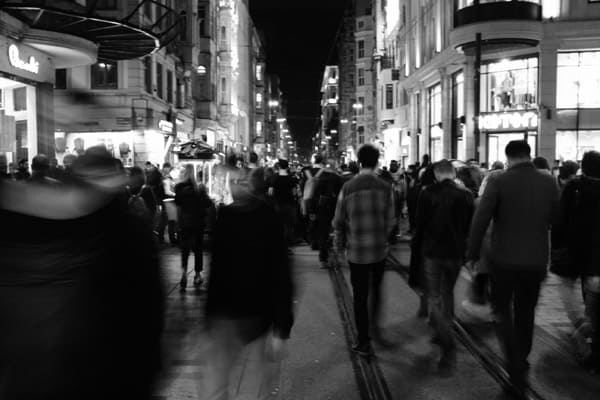
Carlo Nicora
Glasses over Bodies
Photography is an investment. This is why it so important that the proper photography basics are covered from the start. They will ensure that you have the right equipment to serve you for a long time. The two initial pieces of equipment that you will purchase are a camera body and a lens. It is always best to spend more money on a lens than it is to spend on a camera body. You can upgrade your camera body while still using the same lens.
Lenses live much longer than camera bodies. What does this mean? It means that you can upgrade your camera to get more pixels, faster autofocus, and anything else that camera producers are trying to sell to you, all while keeping the same lens. Not sure how to divide your budget at the photography basics stage? It’s better to purchase an entry-level camera and pair it with a higher quality lens.
1. Camera – Fuji X-E2
Now, let’s get a little more technical when it comes to the photography basics of your gear. For a start, you can invest in gear that is not the latest trend. Don’t go for the top of the line products right away either. Instead, purchasing mid-range gear when you are starting out is a great idea. It has everything you need to take great photographs and will last you for a very long time.
Fuji makes great cameras that are a good starting point because they are both reasonably priced and good quality cameras. Other brands, such as Canon, Nikon, or Sony, have equally good mid-range cameras. Choosing a brand is something that you can do after you’ve tried a few. So, how can you decide what feels best? While I have my own opinion, you can always try renting or borrowing different cameras before purchasing the one you love the most!
In terms of Fuji, there is a mid-range body called the X-E3, which is great. However, the X-E2 is a similarly good camera without being the latest generation. The X-E2 is a solid camera, which is much cheaper than the latest models. It has everything you would need to get a very good head start on your photography skills. It is a small and light camera, so you can take it with you wherever you go.
In short, it is a great camera for photography enthusiasts! One good camera paired with one good lens is enough to produce wonderful photos.
To check out both cameras click on the following links: X-E2 at Amazon, B&H and XE-3 at Amazon, B&H.
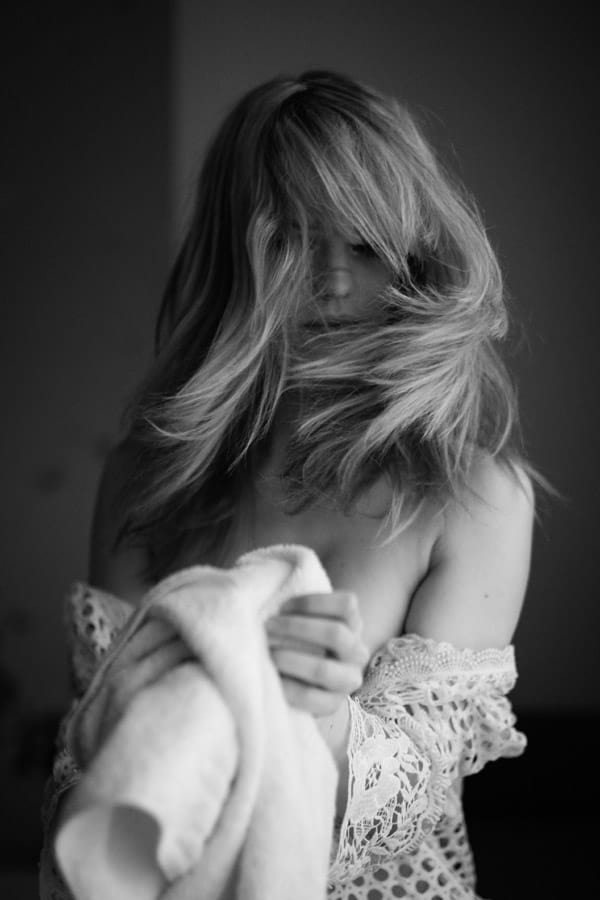
Carlo Nicora
2. Lens – 35 f/2 from Fuji
As I have focused on a Fuji camera, I will suggest a lens that goes together well with it. When choosing your lens, I feel it is best to go for a prime lens instead of a zoom lens. To understand why, I must first mention the biggest difference between them.
A prime lens has a fixed focal length – meaning that it cannot zoom in and out. A zoom lens has a variable focal length – the ability to zoom in and out. Both have their own advantages and disadvantages. However, prime lenses are a better recommendation for photography basics. This is why:
-
Faster (wider aperture) – Prime lenses generally have a wider aperture than zoom ones. This will give you a more creamy out of focus bokeh and they will help you in low-light conditions.
-
Cheaper – Prime lenses don’t have as many parts as zoom lenses, which also means that they are both lighter and cheaper.
-
Sharper – Because prime lenses are optimized for a single focal length, they tend to produce sharper images.
Now, you may be thinking, isn’t it just better to be able to zoom in and out as you like? There are many reasons why the answer to this is “No”. Zoom lenses will make you become lazy, especially when you are using them at the photography basics stage. When you know that you can’t zoom in and out, you will have to question your positioning, which will make you THINK. This is what great photographers do, and it is a very useful skill to learn.
As a photographer, you need to learn how to move with your camera. You will have a much better feel for your environment and for your subject when you use your own body to change your distance. Once you get used to this and develop your own style of movement, you will never wish to use a zoom lens.
The first initial lens to start with would be the “relative 50mm” (50mm on a full frame body). Fuji doesn’t have full frame cameras, so the 50mm relative is the “35mm”. There are various options, but a great starting one is the 35 f/2 from Fuji (not the f/1.4 which is much more expensive). This lens is sharp and focuses fast and is weather sealed. To check both of these lenses out click on the links: Fuji 35 f/2 at Amazon, B&H. Fuji f/1.4 at Amazon, B&H.
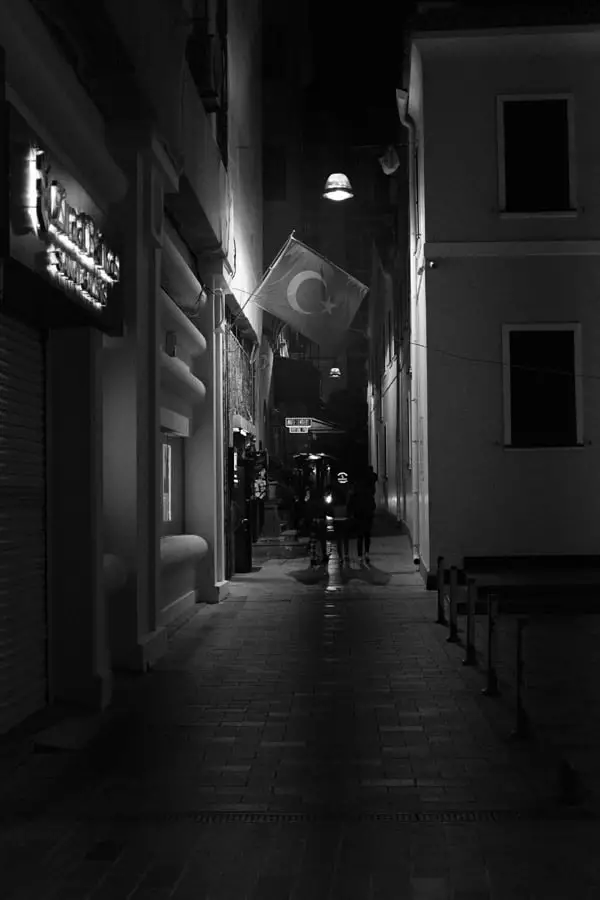
Carlo Nicora
3. A Backup Hard Drive – Western Digital USB 3.0
In photography, it is not “IF” there will be a loss of data, but “WHEN”. Amateurs often underestimate the importance of keeping backup copies of their images. Sooner or later, they pay the price for this mistake. Few words can describe the chill that follows when you realise your photos are gone forever. To make sure that this doesn’t happen to you, the third essential piece of gear that you should own is a backup hard drive.
When it comes to a backup hard drive, do not purchase the cheapest one possible. After all, it is the security of your work we’re talking about. It needs to be in safe hands! The hard drive you choose right now will save you from a difficult situation later. A great choice can be a Portable Western Digital USB 3.0 with 1TB of storage space. You can find it HERE. I would avoid larger devices, because if the backup disk breaks, which is not unheard of, the amount of data endangered is less.
WD is a well-known brand in the tech world, and it has provided reliable products for its customers for years. They have great products at competitive prices. For your photography basics gear, this is a great choice. It is compact and the device is light, so it will be easy to take it with you whenever you need to. Make sure that you use the backup hard drive on a regular basis because you never know when you could lose your data.
Please note, a backup drive should be used to create a second copy of your data. Do not use this external drive as your only copy, or the entire point of having this drive is gone. If you, like me, use a computer with a limited amount of internal hard drive, make sure you plan where to store your first copy and your backup copy. Cloud storage is always an option for an additional copy.
Conclusion
A good, concise choice of photography gear is enough for great photos. You must master every element of your gear before you consider moving on to something new – if needed. Take your time and experiment with your gear. Learn to move with it and not to expect your camera to do all of the work for you. Practice both indoor and outdoor shots at different times of the day to become more comfortable with how different light will affect your photograph. You and your equipment are a team. You need to work together to create good photography.
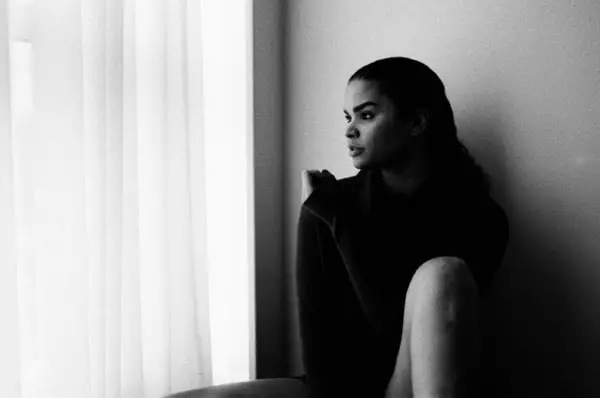
Carlo Nicora
You will need to take thousands and thousands of photos before you start getting better. Spend every moment of your time improving your photography. Experiment, make mistakes and then learn from those mistakes. Shoot as much as you possibly can because it is the only way for you to master your gear and to develop your own style.
It is your developed skill that will make you unique and different from everyone else. It is not the gear that makes a good photographer. A good photographer can use any gear to take good photos. You will then be able to use your gear to express yourself and to inject your own personality into your work. Don’t lose your motivation if things don’t work out right away! Enjoy the journey of photography and give yourself the time that you need to become great.
For some info on beginner camera care tips, take a look at this article.









2 comments